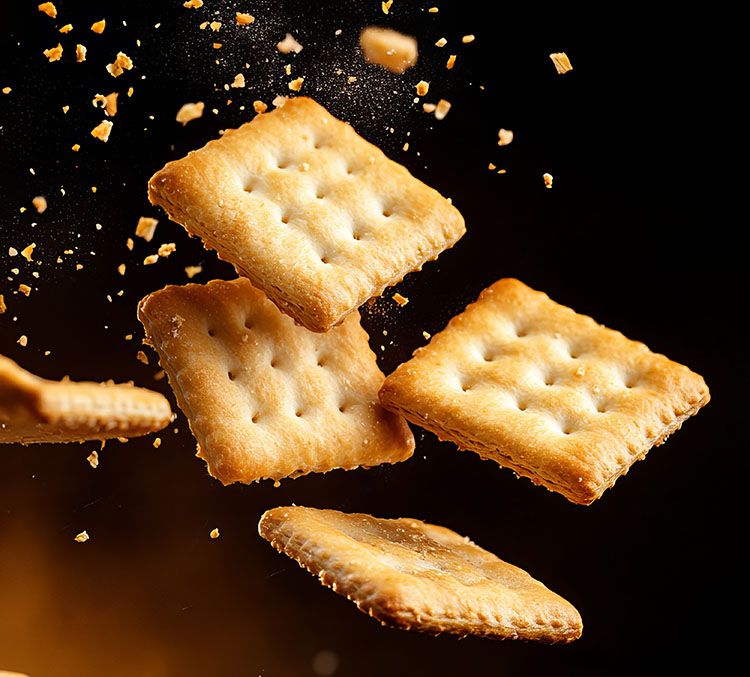
Two-stage mixing takes center stage
Two-stage batch mixing brings multiple advantages to industrial-scale baking. Two-stage batch mixing is especially suited to long-fermentation doughs, where structure and flavor are needed.
Two-stage batch mixing brings multiple advantages to industrial-scale baking. Two-stage batch mixing is especially suited to long-fermentation doughs, where structure and flavor are needed.
Green branding is a challenge, even for the baking industry. For credible green brand management, bakeries must take comprehensive and holistic measures in all areas of the company.
Chip Czulada embarked on a new role as the President of Reading Bakery Systems (RBS) at the beginning of 2024. He shares with Baking+Biscuit International magazine his view on the first six months at the helm of the company where he has been working for over 20 years.
An entire fleet of iconic crackers built its consumer base on their open, flaky texture, which is produced by layering the dough. Reading Bakery Systems designed a new, 90-degree technology concept for the laminators manufacturing this dough.
Fully automating kneading and mixing is an ambitious endeavor, given the complexity of the process, and the diversity of raw ingredients.
Bread-making is a scientific symphony of physical, chemical, and rheological processes. Beyond the apparent simplicity of mixing flour, water, and yeast lies an intricate web of molecular and mechanical changes that transform these raw materials into bread.
It is a recurrent issue well-known in food processing companies: sometimes, a product that has been successfully manufactured over a long period of time suddenly exhibits a quality problem, although nothing has been intentionally changed.
Automating bakeware handling saves time and precious human resources. It also ensures that trays, pans and tins are handled exactly as instructed by the tray and coating manufacturers, time and again.
AAK opened a new Plant-based Innovation Center of Excellence in Zaandijk, outside Amsterdam, in the presence of customers, investors, and local officials, who also took a guided tour of the premises. The three story facility features an application laboratory, co-development workspaces, a culinary kitchen, and a sensory facility.
Technological developments make continuous mixing a better option than batch mixing, especially so for high-volume production. High throughput continuous mixers are becoming the best sellers in this equipment category.
Over the years, advances in continuous mixing have been developed to improve ingredient metering, process controls and include specialized mixer designs and ultra-high capacity mixers. Compared to batch mixing, such technological developments make continuous mixing a better option than batch mixing, especially so for high-volume production.
Automated continuous mixing delivers real-time process assessment and consistency round the clock.

